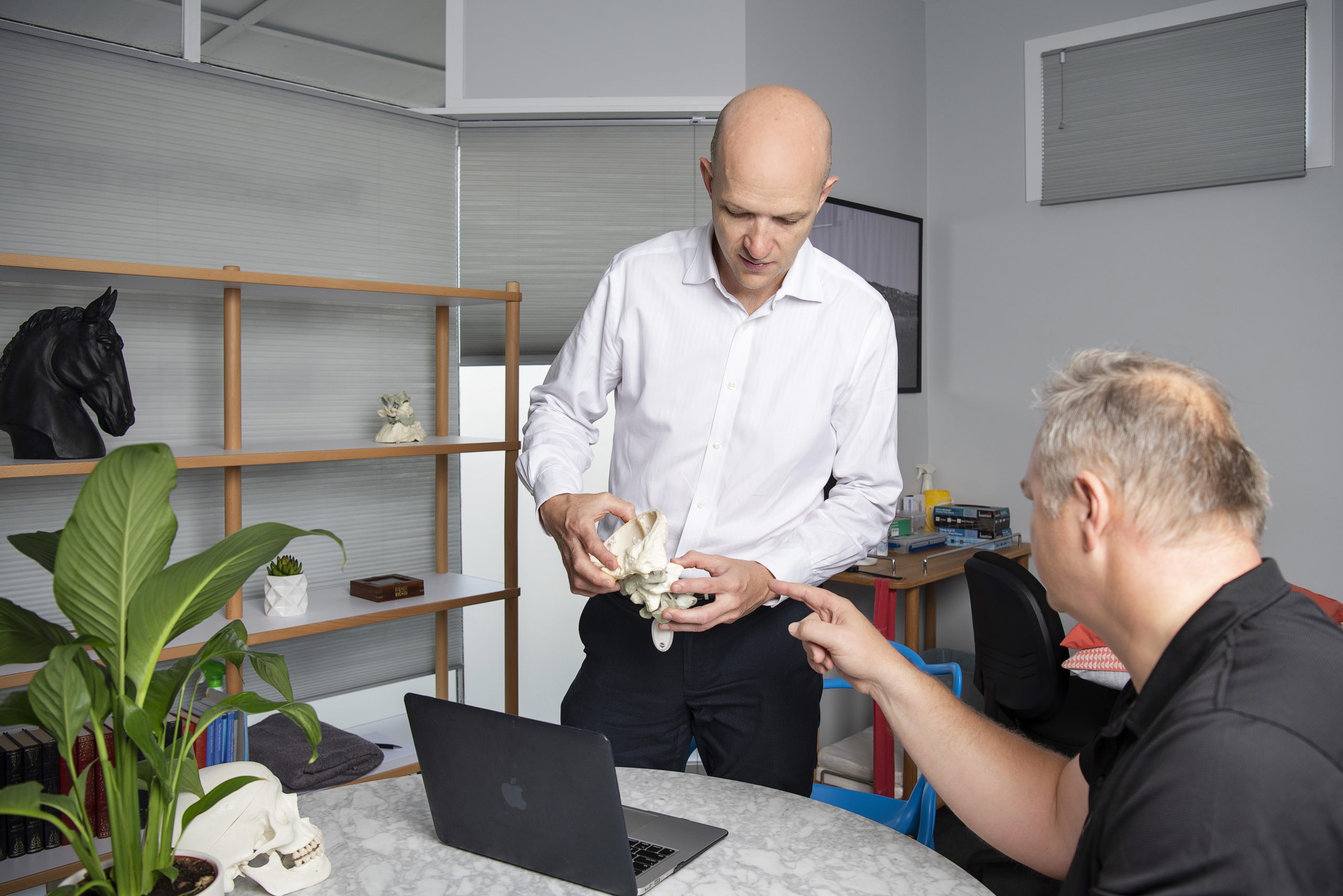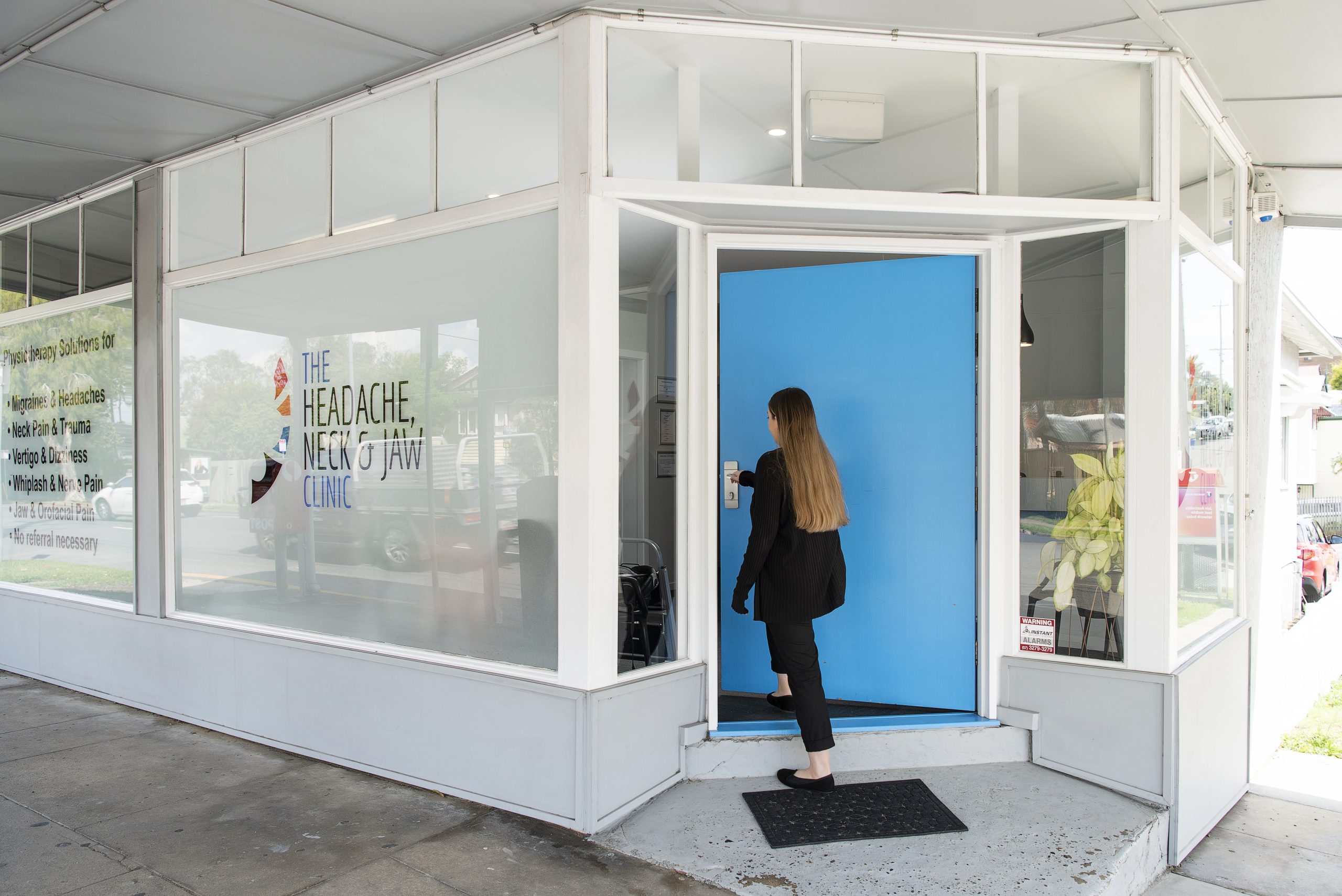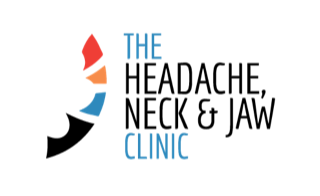2017 TMJ Study

Referring a Patient? - Click Here
Based on a retrospective study of treatment outcomes in 2011, we can postulate that physiotherapy is effective at increasing active range of motion for people who identify as TMD sufferers. To validate this previous data collection, we propose to advance the method and compare changes in active range of motion with subjective reporting of pain levels and dysfunction.
Method
Patients will complete a TMD Disability Index to detail a base level of perceived pain and dysfunction. Patients will then be assessed and treated by a physiotherapist at the HNJ Clinic where the objective markers used will be active range of motion measured before any treatment is administered and then again after the treatment session. This will be repeated until the 6 week mark with no limit on how often the patient is seen. At 6 weeks, the patient will be given a TMD disability index to detail their perceived improvement. Subjects in the study will remain as paying clients who will give permission for their data to be included in the study. As such, we are unable to offer control conditions, such as placebo treatment and double blind treatment. Future study may be required to further validate the treatment.
Exclusion Criteria
To be defined as a TMD sufferer in this instance, patients will require to begin treatment with less than 40mm of depression. All other comorbidities, such as headaches or neck pain are acceptable. It is acceptable that patients continue taking prescribed medications for pain relief, wear devices such occlusal splints or CPAP machines.
Hypothesis
With physiotherapy, we will be able to measure an objective improvement in range of motion which will correlate with a reduction in perceived pain reported on the TMD Disability Index.
Previous Data
In 2011, treatment results from 50 consecutive patients were analysed, looking at initial range of motion before treatment and subsequent opening range of motion over the next 6 appointments.
Initial opening movement measurements ranged from 15.6mm to 40mm. Range of motion overall improvement ranged from 4.5mm to 33mm.
Treatment techniques used included caspular stretches, neuro-muscular releases, postural retraining for the neck and mouth, cervical spine releases and education.
Author: Nigel Smith
Headache, Neck & Jaw Conditions We Treat
Our Brisbane clinics specialise in the treatment of head, neck and jaw conditions, many of which are notoriously difficult to treat. If you’re experiencing symptoms of any of the following problems, our team has the expertise and training to help.
Headaches
Migraines
Jaw and Orofacial Pain
Neck Pain and Trauma
Whiplash and Nerve Pain
Vertigo & Dizziness
Tinnitus
Singing / Vocal
Therapy
Book an Appointment
If you’re experiencing pain or discomfort then don’t put it off - contact our friendly team today to make an appointment with one of our expert physiotherapists.
Book Your Appointment Now!
Get in touch with us today for more information on our services or to make an appointment with our friendly team.

